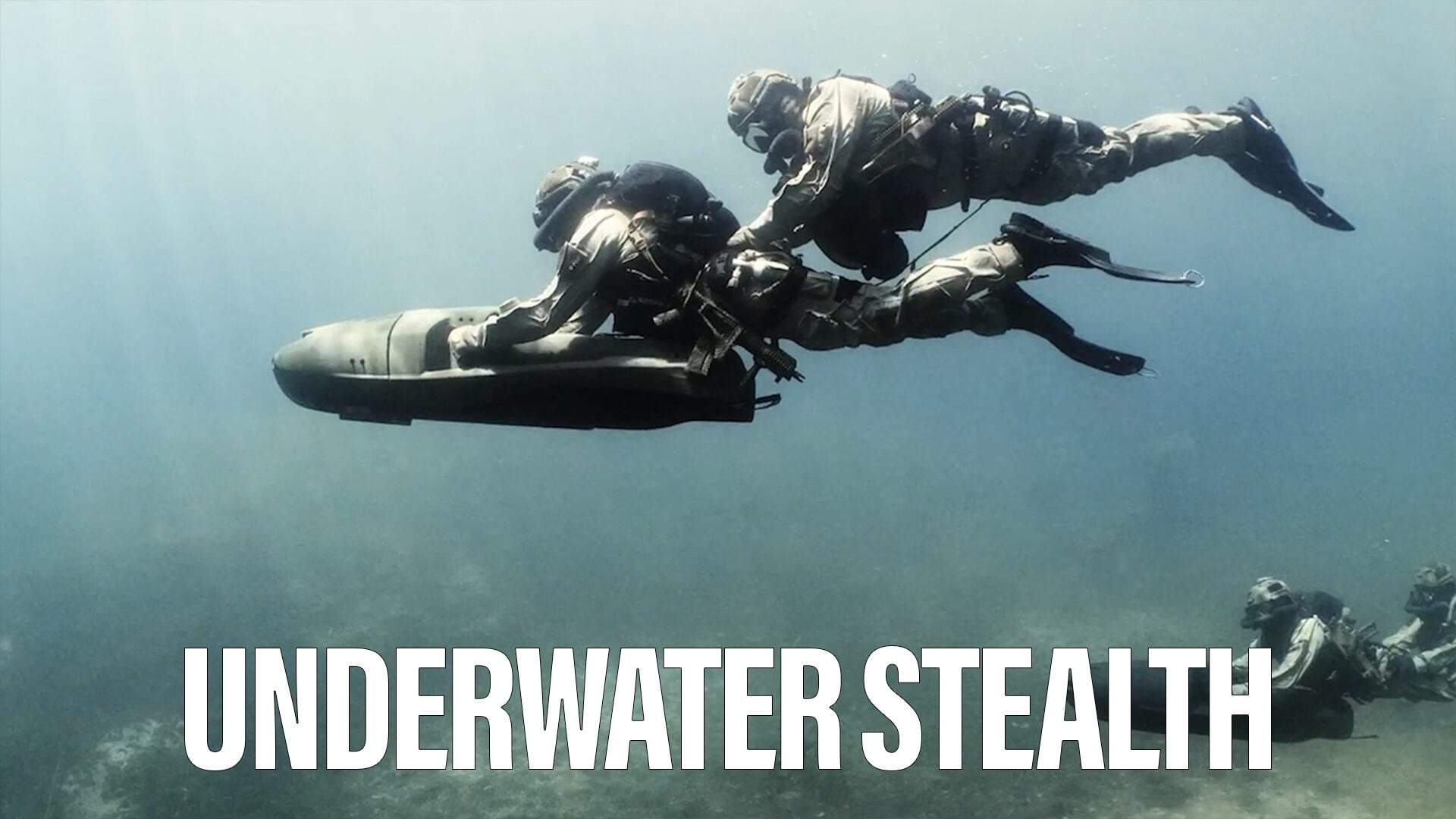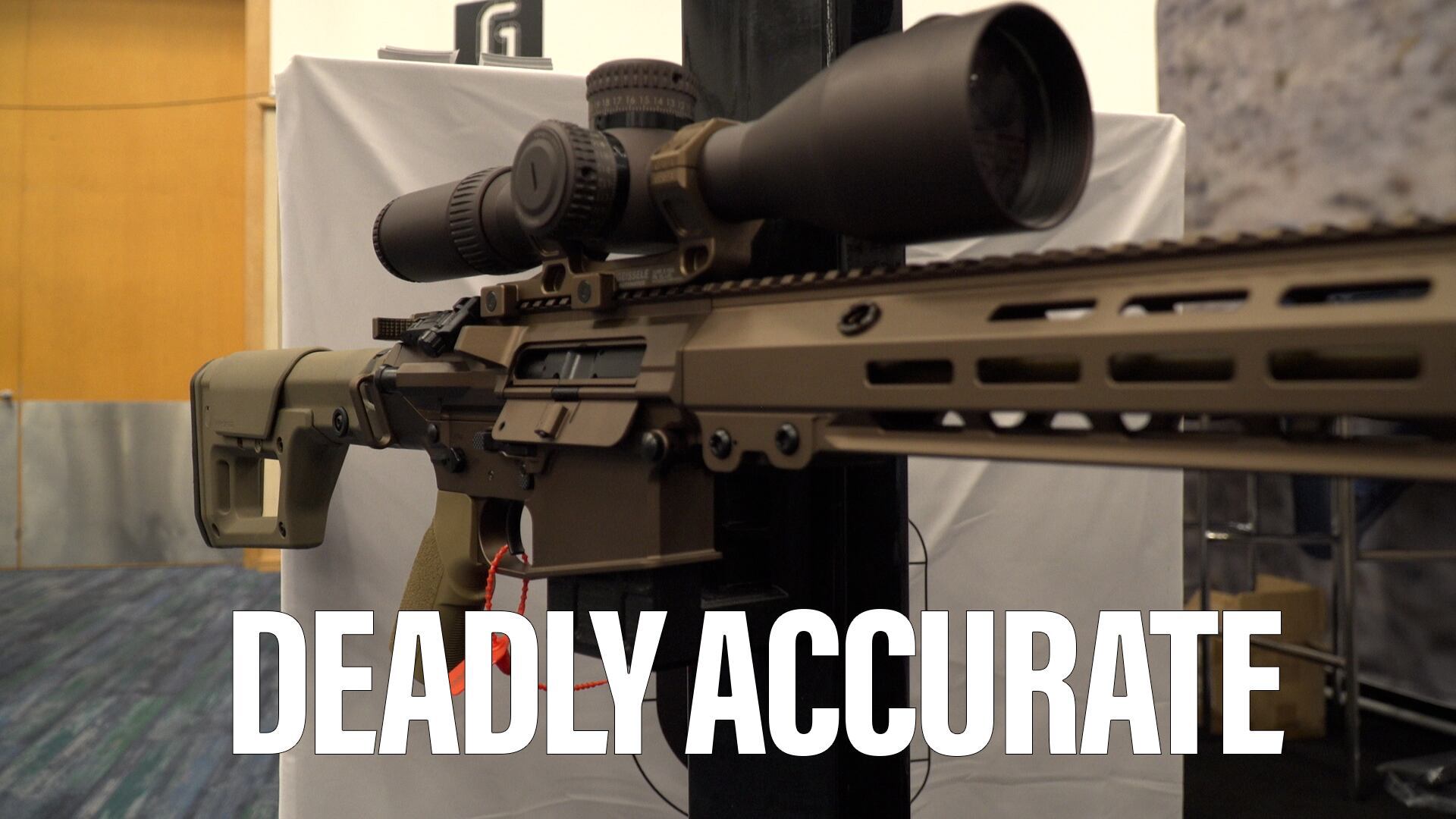LINKOPING, Sweden — The defense industry would struggle to meet customer demands in Europe if spending takes off in the face of pressure from the US for other NATO member states to take a fair share of the spending burden and meet the organization's spending commitment target, according to Saab president and CEO Hakan Buskhe.
Leading US presidential rivals Hillary Clinton and Donald Trump have both signaled the US could scale back its commitments to NATO if allies don't step up to the plate and meet the alliance's 2 percent spending target.
While Trump has been bolder and clearer in his statement over cutting investment in NATO if Europe doesn't raise its spending, both sides in the presidential race have offered a similar message, Buskhe said.
"If Hillary and Trump stick to what they are saying about NATO [spending commitments] ... then you will have huge demand on the whole supply chain" if Europe responds positively, he said.
"If everyone in NATO moves up to spending 2 percent [of gross domestic product] that will be a huge amount of money that will be spent on new equipment over a short period of time. It will be a huge thing to solve within the industry. At the end of the day we will cope with it but it would be totally new," he said.
European alliance members have been warned often over the years about their miserly spending record with little effect, so nobody is holding their breath that things will substantially change soon.
But the renewed threat from Russia, the security threat posed by the Middle East and US strategic interest swinging toward Asia is starting to have an effect, with budgets in places like Germany, France and Poland on the rise.
Last year, though, only Britain, Estonia, Greece and Poland met the spending target alongside the US.
After years of slimming down, industry might find it difficult to meet a sudden rise in demand for products.
Some munitions makers are already seeing big increases in demand for bombs, missiles and other consumables to meet demands from coalition members operating against the Islamic State group and others in the Middle East.
Buske also told reporters that the company was continuing to work through its product lines and weeding out any that didn't fit into its technology development and international marketing strategy.
In part the product appraisal is related to where the company spends its huge research and development efforts.
Over the last few years that has amounted to around 25 percent of sales figures, which last year amounted to SKr27.1 billion (US $3.28 billion).
"We are going through our products and yes there are some we will try and find a new home for but there are also product areas where we will do acquisitions," said the Saab boss.
He said on balance the acquisitions will outweigh the sales as it runs the rule over the 600 or so products in its portfolio.
"In terms of numbers of transactions, there will be probably be a couple more divestments. If you go back for the last five to six years, we have done more than 35 transactions but we will invest probably more in acquisitions in our key areas," he said.
The product areas taking up the biggest research and development spending are airborne early warning, Gripen fighters, submarines and the trainer development that Saab and Boeing are working on for the US Air Force, he said.
The Saab boss was briefing reporters Tuesday ahead of the company rolling out the first test aircraft for a Gripen E fighter that has been ordered by the Swedish and Brazilian air forces.
Buskhe said that he was unphased by the economic and political turmoil in Brazil as the program, being financed by the Swedish government, is increasing the capabilities of the air force while decreasing costs compared with the legacy fleet that South America's largest military is currently operating.
"Yes, of course, all of us are looking at Brazil but I am not having sleepless nights," he said.
Thirty-six Gripen E jets have been ordered and Saab expects another two batches to come under contract at a later date.
The first 60 Brazilian engineers are in training at Saab ahead of Brazilian partner Embraer taking on flight test, integration and some production and assembly of the Gripen E's locally.
The new fighter being rolled out at Saab's Linkoping facility Wednesday offers longer range, more weapons, new sensors and lower operating costs than anything else on the market, according to Jerker Ahiqvist, the head of the Gripen program.
The Swedish Air Force will receive the first of 60 aircraft it has under order in 2019 to replace its fleet of Gripen C/D variants. The final delivery is set for 2026.
Swedish Air Force chief Maj. Gen. Mats Helgesson told reporters that no decision had been made on what would happen to the 100-strong fleet of C/D aircraft made redundant by the Gripen E order.
One option is to place the aircraft on the second-hand market.
For the foreseeable future Saab is continuing to update and manufacture the C/D model for air forces that don't need the additional range and other capabilities offered by the E model.
Helgesson also said that Sweden had become the first air force to operate the new MBDA Meteor beyond visual range air-to-air missile.
"It's been released to service and we are now working up to initial operating capability," Helgesson said.
He said the ram jet powered missile developed for the Gripen, Eurofighter, Rafale and eventually F-35 fighters was a "game changer."
The weapon is being developed by Britain, France, Germany, Italy, Spain and Sweden.
Andrew Chuter is the United Kingdom correspondent for Defense News.








